Photo essay for the Special Initiative “The Mekong is Blue and Dried: Visual Storytelling of the Mekong River’s Environmental Degradation” by SEA Junction and the Samdhana Institute
| Title: | Dams on the Mekong and adversary impacts to riverine communities |
| Storytellers/Photographers: | Tipakson Manpati |
| Place: | Bung Kla District & Pak Kad District, Bueng Kan Province, Thailand |
| Time: | November 2020 |
The Mekong River is vital food source for riverine communities along its route from the Tibetan plateau to the South China Sea in Vietnam. The river flows through eight provinces in Thailand and bordering with Laos including Chiang Rai (in the North), Loei, Nong Khai, Bueng Kan, Nakhon Phanom, Mukdahan, Amnat Charoen and Ubon Ratchathani (in the Northeast). The dams built on the Mekong mainstreams in China and Laos has clearly shown adversary impacts on the local communities depending on the Mekong’s complex biodiversity. The water level in the Mekong is already much lower in the rainy season due to hoarding of waters in the dam reservoirs. The local fisheries have declined as the water fluctuates unseasonably.
I have witnessed this problematic situation when working in the field. I met a fisherman in Bung Kla District in Bueng Kan Province who has been fishing on the Mekong for 20 years. He told me: “The water has become much lower than ever in this time of year. I catch some small fish but not the big ones like I used to years before.”
The unpredictable water fluctuations on the Mekong River also affect the riverbank gardeners. They plant different kinds of vegetable for family consumption and for sale such as bean, long bean, sweet potato, pumpkin, corn, green onion, garlic, cabbage, lettuce, and tomato. These vegetables are planted on the Mekong riverbank in the dry season normally from December to April. But as the Mekong water level has already become lower farmers started planting vegetables since November. The farmers use the water from the Mekong River to watering the plants. If the water in the Mekong get drier, they are at risk of losing the plants. And when the upstream dams on the Mekong release the water from the reservoirs, the riverbank gardens will be flooded which has happened before.
The villagers along the Mekong river know about the dam impacts as they face the impacts daily Still many more dams are planned in Laos such as Pak Baeng dam, Luang Prabang dam, Pak Lay, and Sanakham dam, and in Thailand the government has recently proposed the Pak Chom dam. However, the community right to participate in decision making about these dams has not been taken into account. It is time that dam developers and policy makers show willingness to listen to the local community’s voices and ensure that their right to the Mekong River as a transboundary commons is uphold..
Photographer/Storyteller
Tipakson Manpati (better known as Saiaew) holds a Master of Arts in International Development Studies from Chulalongkorn University. She has 11 years of experience working on development and on environmental issue related to the Mekong River. Until recently she was a program officer at SEA Junction and now works in partnership with local environmental NGOs in Bueng Kan Province.
Organizers
The Mekong is Blue and Dried: Visual Storytelling of the Mekong River’s Environmental Degradation is a special initiative of SEA Junction and its partner the Samdhana Institute to provide a platform for the creative use of visual documentation and art to advocate for environmentally and socially friendly measures for the Mekong River.
SEA Junction
SEA Junction, established under the Thai non-profit organization Foundation for Southeast Asia Studies (ForSEA), aims to foster understanding and appreciation of Southeast Asia in all its socio-cultural dimensions, from arts and lifestyles to economy and development. Conveniently located at Room 408 of the Bangkok Arts and Culture Center or BACC (across MBK, BTS National Stadium), SEA Junction facilitates public access to knowledge resources and exchanges among students, practitioners and Southeast Asia lovers. For more information see www.seajunction.org, join the Facebook group: http://www.facebook.com/groups/1693058870976440/ and follow us on twitter and Instagram @seajunction
The Samdhana Institute
Samdhana, in Sanskrit, means healing, uniting, peacemaking. It was formed in 2003 by a group of individuals, conservationists, development practitioners, constituting the first Samdhana Fellows; moved by the same commitment of ‘giving back’ what they know to the next generation; and bringing together skills, knowledge, experiences, networks, colleagues and friends; delivering maturity, strength and sustainability. For more info see www.samdhana.org.
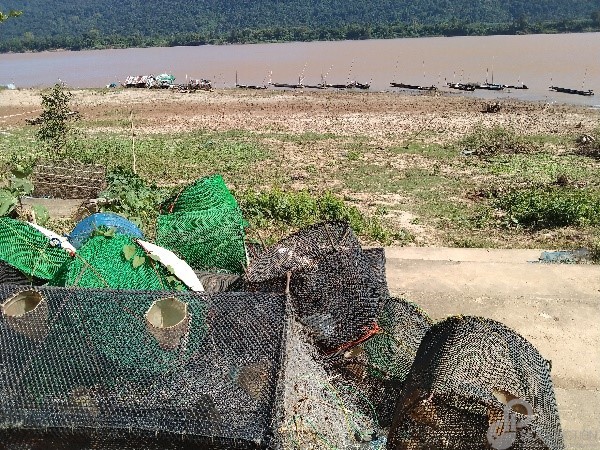
Fishing gears on the staircase where the Mekong water level used to reach, Bung Kla District, Bueng Kan Province. (Photo by Tipakson Manpati)
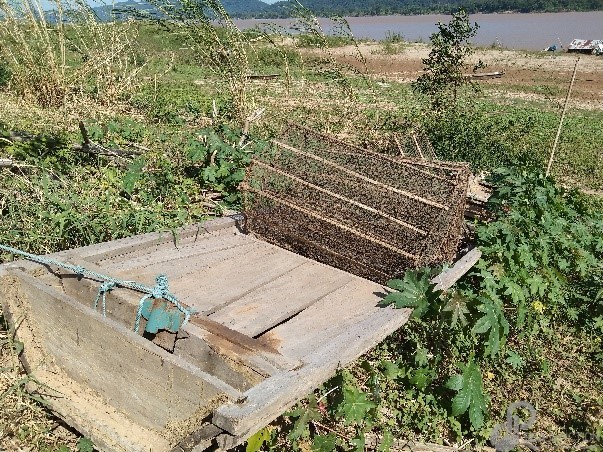
The fishing boat and fishing gears laid on the Mekong riverbank, Bung Kla District, Bueng Kan Province. (Photo by Tipakson Manpati)
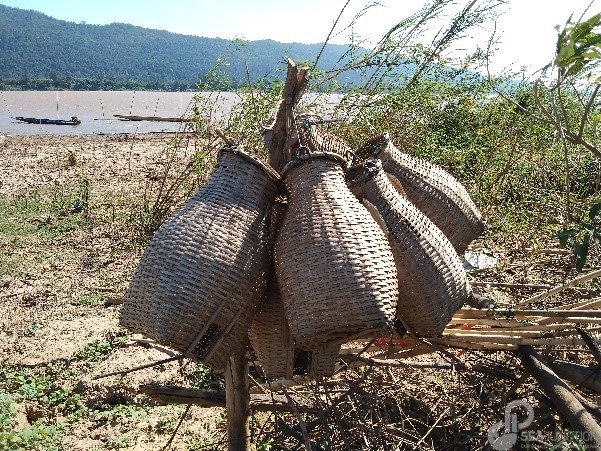
Fishing traps left on the Mekong riverbank, Bung Kla District, Bueng Kan Province. (Photo by Tipakson Manpati)
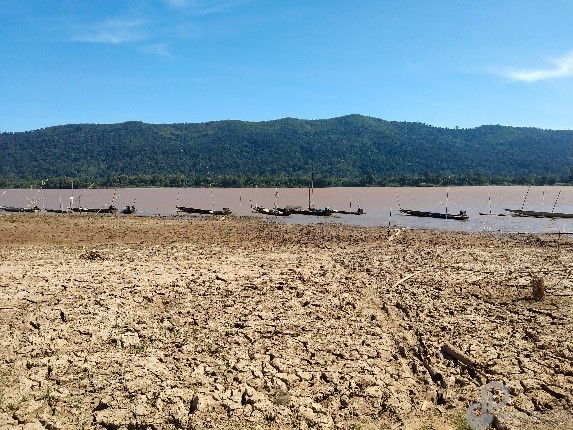
Parched riverbank along the Mekong indicate that the water level is low, Bung Kla District, Bueng Kan Province. (Photo by Tipakson Manpati)
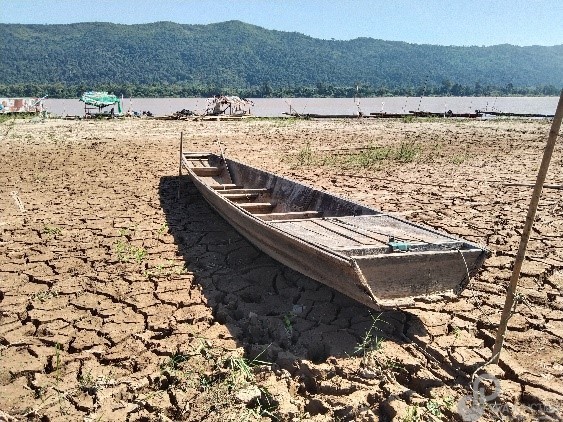
A fishing boat left on the parched Mekong riverbank, Bung Kla District, Bueng Kan Province. (Photo by Tipakson Manpati)
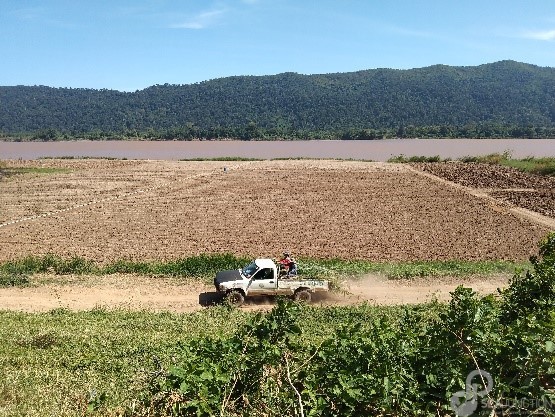
The Mekong riverbank is plowed for gardening, Bung Kla District, Bueng Kan Province. (Photo by Tipakson Manpati)
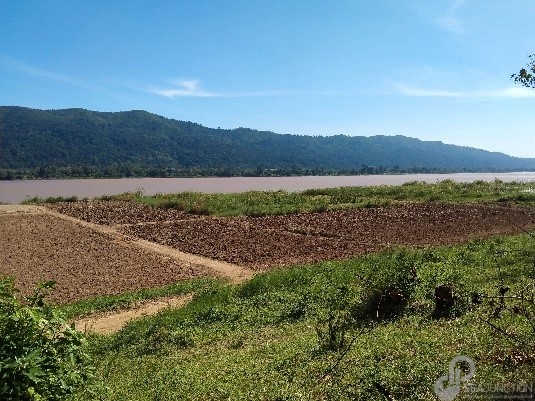
The Mekong riverbank land is prepared for planting vegetables, Bung Kla District, Bueng Kan Province. (Photo by Tipakson Manpati)
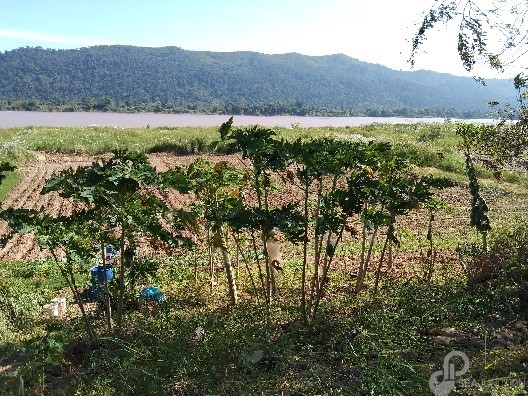
The Mekong riverbank gardening, Bung Kla District, Bueng Kan Province. (Photo by Tipakson Manpati)
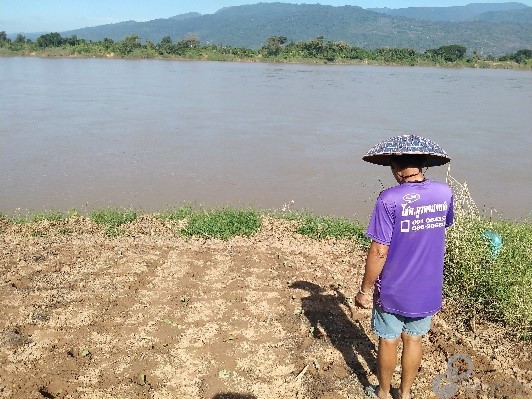
A farmer has planted cabbage along the Mekong riverbank, Pak Kad District, Bueng Kan Province. (Photo by Tipakson Manpati)

A water level sign along the Mekong indicate that the water in November is low, Pak Kad District, Bueng Kan Province. (Photo by Tipakson Manpati)
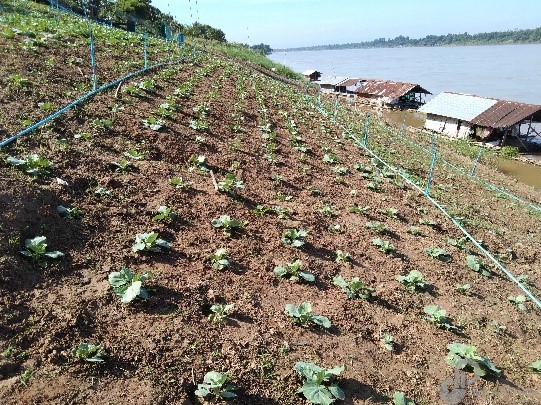
Farmer uses water sprinkler taking the water from the Mekong to watering the cabbages, Pak Kad District, Bueng Kan Province. (Photo by Tipakson Manpati)
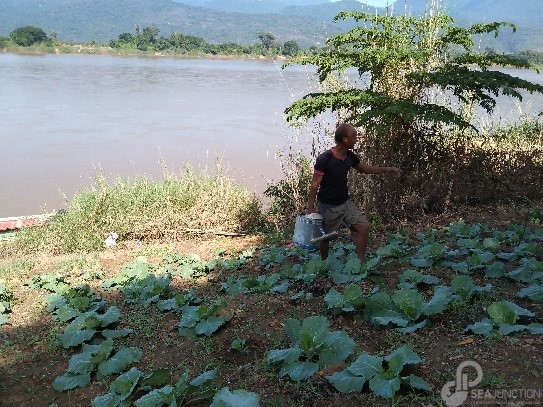
A farmer fetches water from the Mekong to water the cabbages, Pak Kad District, Bueng Kan Province. (Photo by Tipakson Manpati)
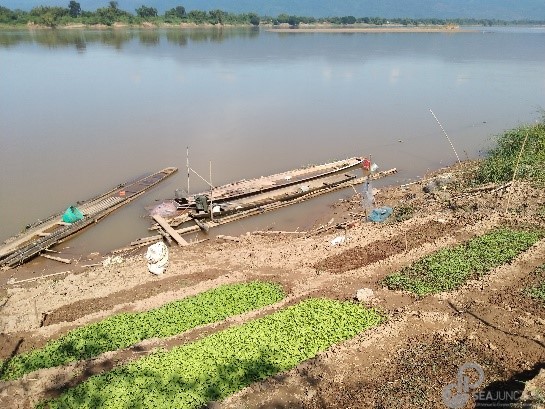
Variety of vegetables planted on the Mekong riverbank, Pak Kad District, Bueng Kan Province. (Photo by Tipakson Manpati)
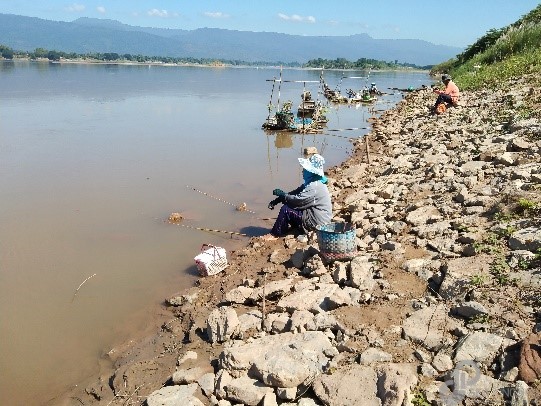
Local fisher along the Mekong river, Pak Kad District, Bueng Kan Province. (Photo by Tipakson Manpati)
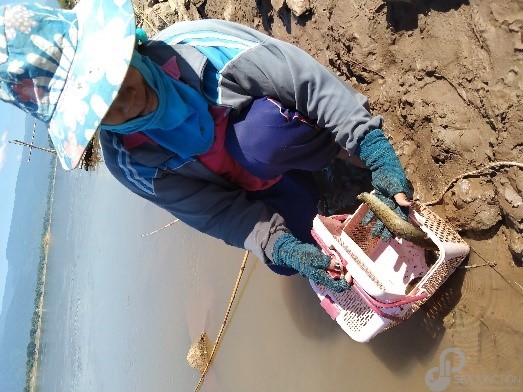
A woman fisher shows the fish she caught from the Mekong, Pak Kad District, Bueng Kan Province. (Photo by Tipakson Manpati)


